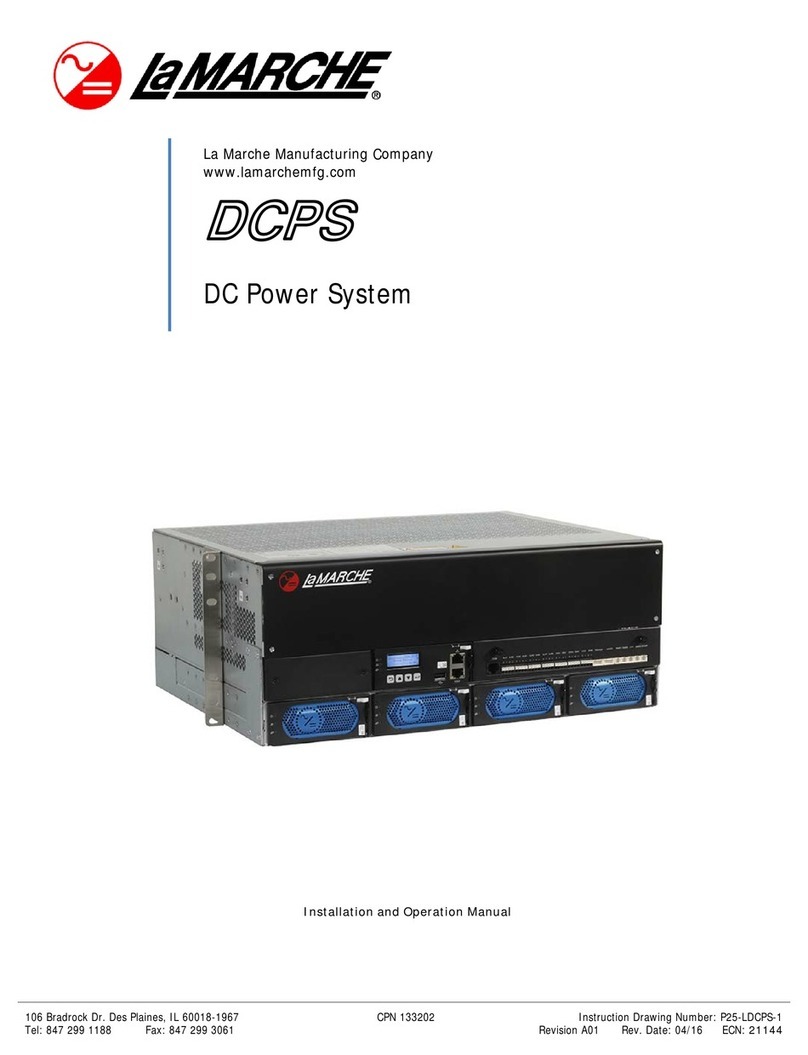
iv
3.6
Output Voltage Adjustments .........................................................................................................24
3.7
TPS 2 Customer Configuration Menu Structure .............................................................................25
4
Frequently Asked Questions ..................................................................................................................26
5
Service ................................................................................................................................................27
5.1
Performing Routine Maintenance ...................................................................................................27
5.2
Troubleshooting Procedure ...........................................................................................................28
5.3
Troubleshooting Chart ..................................................................................................................29
5.3.1
Ground and Short Circuit Test. ..................................................................................................30
5.3.2
Troubleshooting the TRIAC .......................................................................................................30
5.3.3
Troubleshooting and Replacing Power Silicon iodes/Modules .....................................................31
5.3.4
Checking Capacitors .................................................................................................................31
Appendix A: A36 Specifications ..................................................................................................................32
Appendix B: A36 Current raw and Feeder Breaker Sizes (Single Phase) .....................................................33
Appendix C: A36 Current raw and Feeder Breaker Sizes (Three Phase) ......................................................34
Appendix : A36 Heat Losses (Based on 85% efficiency / 0.9 Power Factor at rated load) ............................35
Appendix E: Manufacturer’s Warranty ..........................................................................................................36
Appendix F: Manufacturer’s Extended Parts Warranty ...................................................................................37
Appendix G: ocument Control and Revision History .....................................................................................38
Table of Figures
Figure 1 - 39 Enclosure Bolt Pattern .............................................................................................................. 5
Figure 2 - 9E Enclosure Bolt Pattern .............................................................................................................. 5
Figure 3 - 4 Enclosure Bolt Pattern ............................................................................................................. 5
Figure 4 - 33E Enclosure Bolt Pattern ............................................................................................................ 5
Figure 5 - 33 Enclosure Bolt Pattern .............................................................................................................. 5
Figure 6 - A36 Enclosure Footprint .............................................................................................................. 6
Figure 7 - Input Terminals Connection Schematic (240VAC Input Shown) ....................................................... 7
Figure 8 - User Connections to Alarm Contacts on S2A-198 Board..................................................................10
Figure 9 - S2A-341S isplay/Control Board ...................................................................................................10
Figure 10 - Example Connections (Customer Provided Equipment) .................................................................11
Figure 11 - Temperature Compensation Connection (External and Internal) ...................................................13
Figure 12 - Load Sharing Connection (Schematic Wiring)...............................................................................14
Figure 13 - NP 3.0 / Modbus Communication Board ....................................................................................15
Figure 14 - A36 Front Panel.......................................................................................................................18
Table 1 - Case Type and Weight (10-50 A C) ................................................................................................ 2
Table 2 - Case Type and Weight (75-400 A C) .............................................................................................. 3
Table 3 - Case Type and Weight (19” Rack Mount Case) ................................................................................ 3
Table 4 - Available Mounting Methods ........................................................................................................... 4
Table 5 - Input Terminal Connections ........................................................................................................... 7
Table 6 - AC/ C & Ground Wire Size Minimum Requirements ......................................................................... 8
Table 7 - Wire Size/Area Table ..................................................................................................................... 9
Table 8 - Alarms Relay Logic ....................................................................................................................... 11
Table 9 - Alarm Contact Specifications .........................................................................................................11
Table 10 - Factory efault Values ................................................................................................................16






























